How to Choose the Best Camera Bag? | Buying Guide 2024
Tuesday 25 June 2024
 691
691
 Reproduction without the author's authorization is prohibited
Reproduction without the author's authorization is prohibited
When you choose a camera bag, you usually see a long list full of specific brands. But everyone's needs for camera bags are different. Because everyone's camera model, number of lenses, and usage scenarios are different.
So in this article, I will not tell you roughly what you should buy, but tell you what camera bag is a good camera bag. And what kind of camera bag you should choose in different usage scenarios.
What makes a camera bag a good camera bag?
Regardless of the brand of camera bag, it should meet the following features when you buy it. If your budget is limited or you can't find all the features, try to choose a product that meets as many features as possible.
Capacity
A good camera bag must have the right capacity to fit your camera, lenses, and essential accessories. Whether you're carrying a DSLR, mirrorless camera, or even a compact point-and-shoot, the bag should offer ample space to house your main camera body. Additionally, there should be enough room for a selection of lenses that you commonly use, along with other essential accessories like batteries, memory cards, filters, and possibly even a flash. Some bags also feature compartments for a laptop or tablet, which can be particularly useful for photographers who need to edit on the go.
Protection
Protecting your gear is one of the primary functions of a camera bag. It should be well-padded to safeguard your equipment against bumps and impacts. The materials used should be durable and capable of withstanding daily wear and tear. High-quality zippers and closures are also essential to ensure that your gear stays securely inside the bag and protected from dust and debris. The internal dividers should be adjustable and padded to allow you to customize the layout based on your specific equipment, providing additional protection by keeping items separated and securely in place.
Comfort
Comfort is key, especially if you plan to carry your camera bag for extended periods. The bag should feature padded and adjustable shoulder straps that can be tailored to your height and preference. For backpacks, additional back padding is crucial to prevent strain and enhance comfort. A well-designed bag will also distribute the weight evenly across your shoulders and back, reducing the risk of fatigue or discomfort during long shoots. Ventilation features, such as mesh panels on the back of backpacks, can help keep you cool by allowing air to circulate, reducing sweating and discomfort.
Accessibility
Quick and easy access to your gear is a must-have feature in any camera bag. Look for bags with multiple access points, such as side or top openings, which allow you to grab your camera or lenses without having to unpack the entire bag. This is especially important for photographers who need to respond swiftly to changing scenes. Bags with customizable and removable dividers enable you to arrange your gear in a way that suits your workflow, making it easier to find what you need quickly.
Weather Resistance
Weather resistance is another critical feature. Camera bags should offer protection against the elements, which means being water-resistant or including a rain cover. This ensures that your gear remains dry and safe even in unexpected weather conditions. Water-resistant materials, sealed seams, and waterproof zippers all contribute to keeping moisture out of the bag. For those who frequently shoot outdoors, this feature is indispensable.
Durability
Durability is a key consideration when selecting a camera bag. The bag should be constructed from high-quality, durable materials such as ballistic nylon or heavy-duty polyester, which can withstand the rigors of regular use. Reinforced stitching at stress points, such as where straps attach to the bag, ensures that the bag can handle heavy loads without tearing or fraying. High-quality hardware, including buckles, zippers, and clasps, should be robust and reliable to ensure long-lasting performance.
How to choose a camera bag according to different scenarios?
When you are on different occasions, you need a completely different camera bag. You won't carry a bag that can hold two cameras, six lenses and a heavy tripod every day, nor will you only carry a waist bag when doing wildlife photography. What you need is to choose the most suitable camera bag for different occasions.
Urban Photography / Street Photography
For urban and street photography, a shoulder bag or sling bag is ideal due to their compact design and quick access features. Shoulder bags offer easy access to your camera and lenses, allowing you to capture spontaneous moments without missing a beat, though they may become uncomfortable over long periods. Sling bags provide similar accessibility with the added benefit of better weight distribution and comfort for extended use, making them perfect for navigating city streets efficiently.
If you are interested in sling bags, you can watch this video, which shows the sling bag from kfconcept. This durable camera bag contains several compartments for the camera, phone, accessories, and personal belongings. One chest bag has a large capacity for your travel and outgoing.
Travel Photography
A backpack is the best choice for travel photography, offering ample storage space and excellent weight distribution, ensuring comfort during long journeys. Backpacks can accommodate your camera, lenses, accessories, and personal items like a laptop or tablet. Look for features like padded straps, back padding, and weather resistance to protect your gear and keep you comfortable whether you're walking through airports or exploring new cities.
Hiking / Outdoor Photography
Hiking and outdoor photography require a specialized hiking backpack or daypack, designed for comfort and durability over long distances. Hiking backpacks provide excellent weight distribution, padded straps, and additional space for personal items, ideal for long hikes. Daypacks offer a more compact option for shorter trips, featuring weather resistance and quick-access pockets, ensuring your gear is protected and accessible while you're on the move.
Professional / Event Photography
For professional or event photography, a roller bag is indispensable, offering large capacity and ease of transport for heavy gear. These bags feature padded compartments to securely hold multiple cameras and lenses, durable wheels, and a retractable handle for convenient maneuverability. While not suitable for rough terrain, roller bags excel in studio or event settings where a lot of gear is required and mobility is key.
Minimalist / Everyday Carry
Minimalist and everyday carry needs are best met with a holster bag or small shoulder bag, perfect for carrying a camera with an attached lens and a few accessories. Holster bags are extremely compact and lightweight, making them ideal for casual photography and short trips. Small shoulder bags provide a bit more space and stylish design, offering quick access to your gear for spontaneous shots throughout the day.
Adventure / Extreme Conditions
For adventure photography or extreme conditions, a rugged backpack or hard case provides the necessary protection and durability. Rugged backpacks are built with reinforced materials and water-resistant features, ensuring your gear stays safe in harsh environments. Hard cases offer maximum protection with waterproof and shockproof designs, making them ideal for air travel and extreme outdoor conditions where gear safety is paramount.
Statement: all contents and remarks made by K&F CONCEPT 's intranet friends only represent themselves and do not reflect any K&F CONCEPT 's opinions and views.
-
 Canon releases PowerShot V1 camera, 22.3mp 1.4-inch CMOSThursday 20 February 2025
Canon releases PowerShot V1 camera, 22.3mp 1.4-inch CMOSThursday 20 February 2025 -
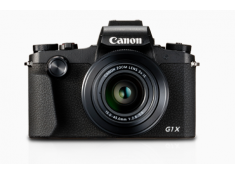 Canon PowerShot V1 camera specsWednesday 19 February 2025
Canon PowerShot V1 camera specsWednesday 19 February 2025 -
 Rumored:Nikon Z5 II specsMonday 17 February 2025
Rumored:Nikon Z5 II specsMonday 17 February 2025 -
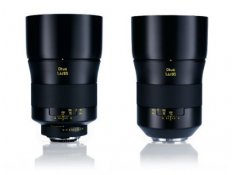 Zeiss announcing a new Otus for mirrorless camerasFriday 14 February 2025
Zeiss announcing a new Otus for mirrorless camerasFriday 14 February 2025 -
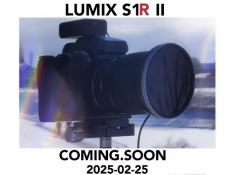 LUMIX S1RII first spy photoWednesday 12 February 2025
LUMIX S1RII first spy photoWednesday 12 February 2025



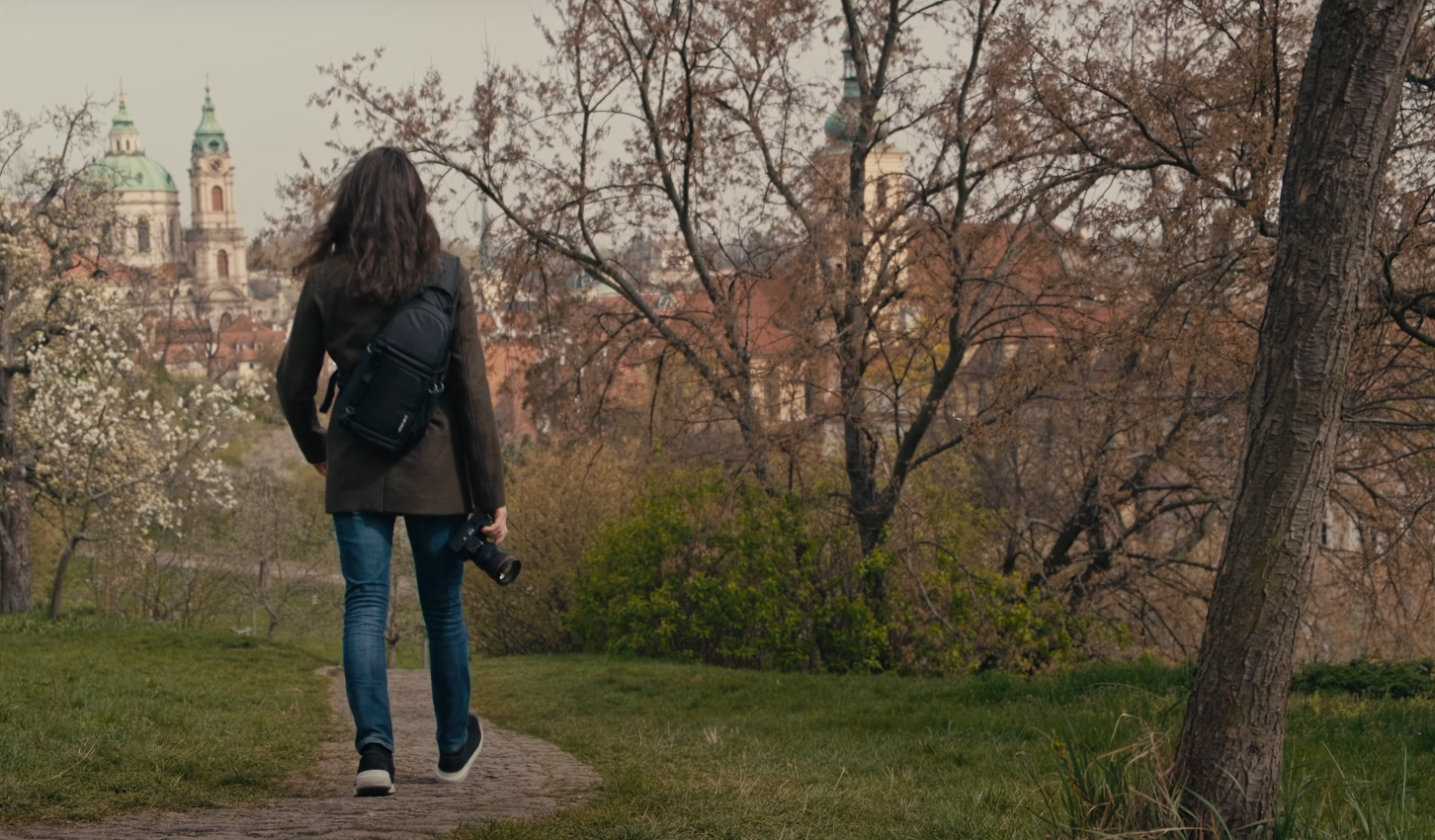
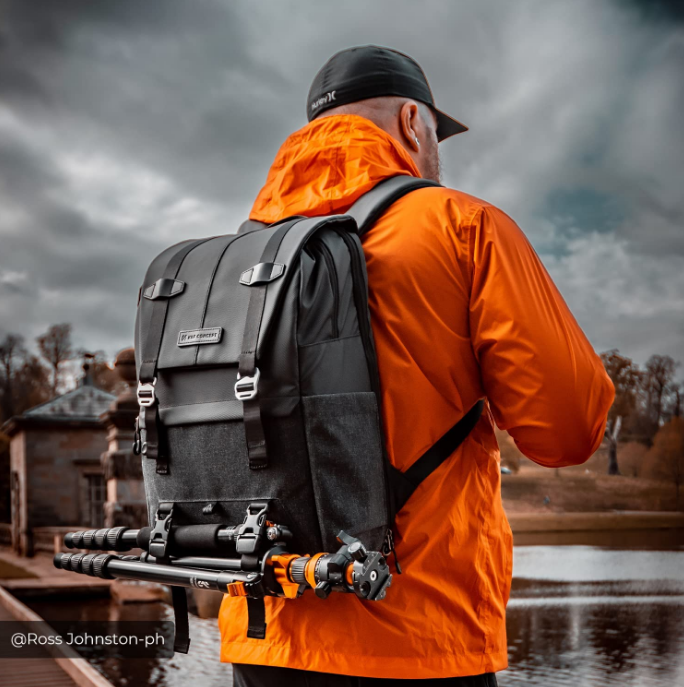

@2x-235x175.png)


